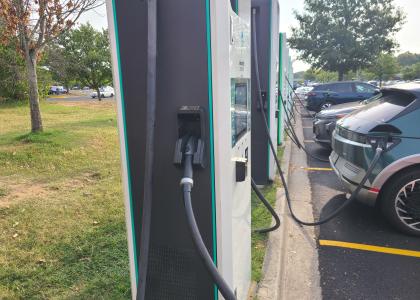Words matter. Using the right ones can bring people together, while choosing the wrong ones (e.g., you’re actually smart) can get you in trouble. For this reason, I am pleased that our Summer Study on Energy Efficiency in Buildings next month will explore a broad range of topics, including energy messaging that can unite rather than divide us.
Register by July 31st to avoid late fees
One of our speakers will be Suzanne Shelton, president and CEO of the Shelton Group, a marketing communication agency that focuses exclusively on the energy and environment sectors. She will describe the results of her 2017 study, which surveyed 2,000 people and focused on the sustainability terms that all Americans can agree on, regardless of political affiliation. I caught up with Suzanne to get a sneak peek of her presentation, entitled “Multiple Americas: Are there messaging strategies that can bridge the divide?” I hope you join us at Summer Study to see Suzanne’s full presentation and those of our other 350-plus speakers on dozens of topics.
Here are excerpts of our conversation:
You tested words to see which ones could best unite or divide us. Which ones unite and why?
What we measured was the degree of positive or negative reaction people had to various words and phrases. We call those that elicited more positive reactions words that “unite,” meaning most people won’t get turned off from listening to you when you use them. We found that “science,” “conservation,” and “sustainability” all ranked high on the positive end of the scale. All three resonate across demographics, political ideologies, and worldviews.
Which words are most divisive and why?
“Environmental stewardship,” “regulation,” and “carbon footprint.” We classified these three as divisive not because they elicited the most negative reactions, but because responses were more evenly split. The “why” is not quite as clear here. Our previous research indicates that many people don’t have a clear understanding of what “carbon footprint” means and have different interpretations of “environmental stewardship.” As for “regulation,” people may accept rules and regulations as necessary, but we shouldn’t confuse that acceptance with positive feelings toward them.
To tap common beliefs and also bridge our differences, how should we talk about energy and sustainability?
First, we need to understand that there really is common ground when it comes to the environment and how Americans think about it. To reach the broadest possible audience, we need to speak using terms we know they understand and that reflect their shared values and beliefs. Then we need to help them connect the dots between those beliefs and the actions we want them to take. At the same time, we need to be careful to not use words they don’t understand or are overly subject to interpretation, and above all, avoid terms that may polarize them and create a longer, harder walk between their beliefs and positive actions.





